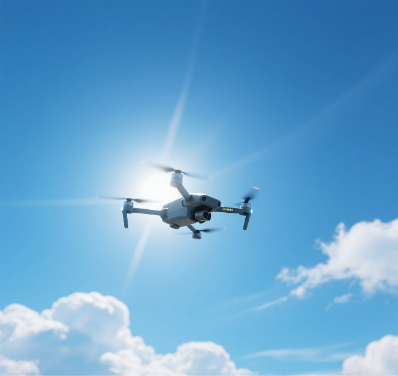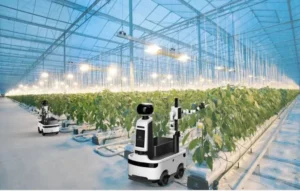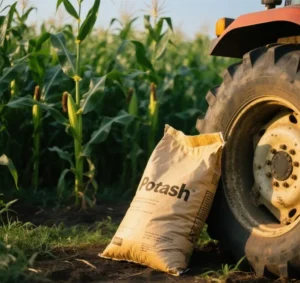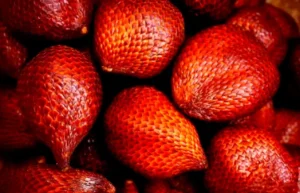What were once considered futuristic gadgets have emerged as indispensable tools that are reshaping modern farming worldwide. As part of the “new quality productive forces,” these unmanned aerial vehicles (UAVs) are driving a transformative shift in rural economies by enhancing efficiency and paving the way for sustainable agriculture. With the global population projected to reach 9.7 billion by 2050 and facing challenges such as climate change and resource scarcity, integrating drone technology into farming practices has become imperative.
The Agricultural Drone Industry White Paper (2024/2025), released jointly by DJI Agriculture and Farmers’ Daily, identifies six significant trends that are driving this transformation and provides substantial data and practical examples to support these trends.
1. Policy Support Fuels Global Adoption
Countries are accelerating the development of regulatory frameworks to integrate drones into agricultural practices. For instance, China’s “No. 1 Central Document” elevated low-altitude technologies, including drones, to national strategic importance by 2025. This aligns with the General Aviation Equipment Innovation Plan (2024–2030), which aims to develop an intelligent, environmentally friendly low-altitude economy. Meanwhile, countries around the world are approving large-scale drone operations for spraying, seeding, and monitoring crops. Brazil’s “Smart Agro” initiative, for instance, authorized the use of drones for cultivating soybeans and sugarcane, resulting in a 30% productivity increase in 2024. These policies reflect confidence in the transformative potential of UAVs.
2. AI-Powered Precision Reduces Environmental Risks
AI-driven innovations have addressed a long-standing challenge in aerial spraying: pesticide drift. DJI and its research partners developed drift prediction models that simulate rotor downwash and droplet trajectories to minimize contamination risks. A case study of almond orchards in California revealed that these AI systems reduced drift by 85%, saving farmers $1.2 million in chemical costs annually. Similarly, an AI algorithm developed by the Chinese Academy of Agricultural Sciences for spraying fruit trees reduced chemical usage by 48% while maintaining efficacy. These examples demonstrate how technology can improve the efficiency and eco-friendliness of agriculture.
3. Market Dominance: DJI’s Global Footprint
As of mid-2025, over 500,000 agricultural drones were in operation worldwide. These drones saved 330 million tons of water and reduced carbon emissions by 42.58 million tons. DJI Agriculture alone accounts for over 300,000 of these units, covering 500 million hectares. It dominates markets in the Americas, East Asia, Africa, and Southeast Asia. In Indonesia, for instance, DJI drones helped rice farmers boost their yields by 20% through precise fertilization, thereby increasing the income of 50,000 smallholders. China exemplifies this growth with 251,000 registered drones in 2024, a 25% increase from the previous year, and operations spanning 178 million hectares .
4. Diverse Talent: Women Pilots Pioneering the Field
The industry’s increased professionalism has created a demand for certified operators. While China aims to have 200,000–300,000 licensed pilots by 2025, it is facing a potential shortage of one million pilots. A notable trend is the increase in young female talent. Currently, over 12,000 women operate drones for plant protection, a practice supported by policies such as China’s Guidelines for Promoting Diversity in Aviation. Li Wei, a 28-year-old farmer from Henan Province, is an example of this trend. She became one of China’s first female drone pilots in 2023. She manages 1,000 acres of wheat fields and has trained 50 local women to join the workforce.
5. Evolving Training: Beyond Technical Skills
In order to bridge the talent gap, training has transitioned from basic instruction to comprehensive programs. For example, DJI Agriculture has trained 500,000 operators worldwide by collaborating with national extension centers. In India, DJI’s “Farmers Academy” partners with local agricultural universities to offer crop-specific spraying technique courses. As a result, pesticide waste among participants has decreased by 40%. In 2024, the academy expanded its curriculum to include sales training, technical support, and specialized orchard management programs, empowering farmers and partners with comprehensive service ecosystems.
6. Expanding Horizons: Drones Beyond Fields
Agricultural unmanned aerial vehicles (UAVs) are revolutionizing agriculture, forestry, fisheries, disaster relief, desertification control, and logistics. In 2024, China’s drone operations covered 173.33 million hectares, creating a RMB 13 billion market. During the 2024 harvest season, DJI drones transported citrus in Zigui, Hubei Province, reducing transport time from three days to six hours. In Mongolia, drones helped plant five million trees, restoring 30,000 hectares of degraded land and helping to control desertification. After the disaster, drones monitored radiation levels in rice fields in Japan’s Fukushima region.
The Future Awaits: Sky Farming for a Sustainable World
The true impact of agricultural drones is not measured in laboratories but in the fields, deserts, and villages they transform. From Li Wei’s wheat fields in Henan to desert restoration projects in Mongolia, these machines have become catalysts for a revolution in how humanity feeds itself while preserving the planet. As policy, technology, and talent converge, the next decade could usher in an era of “sky farming”: intelligent, sustainable, drone-powered practices. With over half a million UAVs already in operation worldwide and success stories ranging from Zigui to Fukushima, the sky is not just the limit—it’s the new frontier for responsibly feeding the world.









